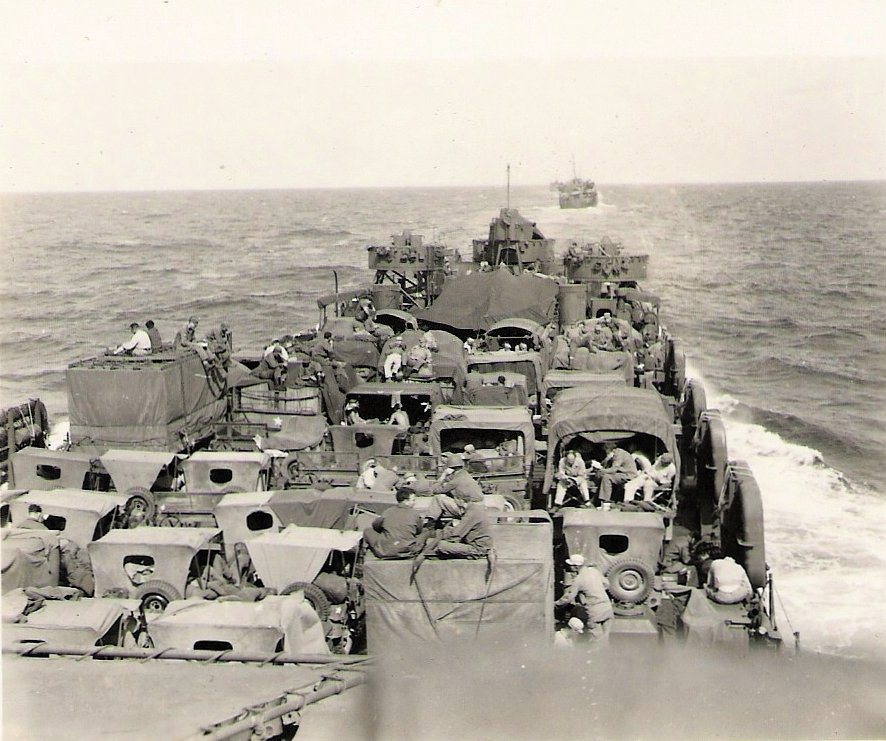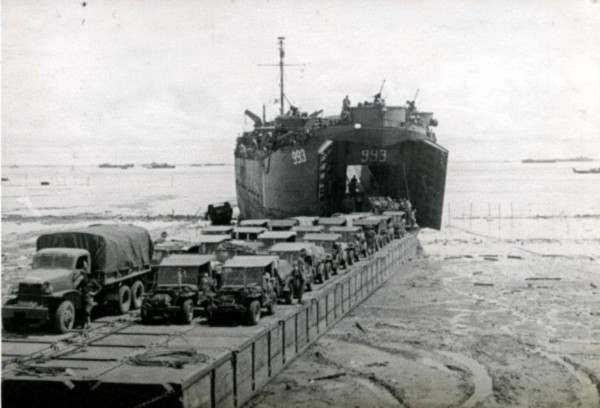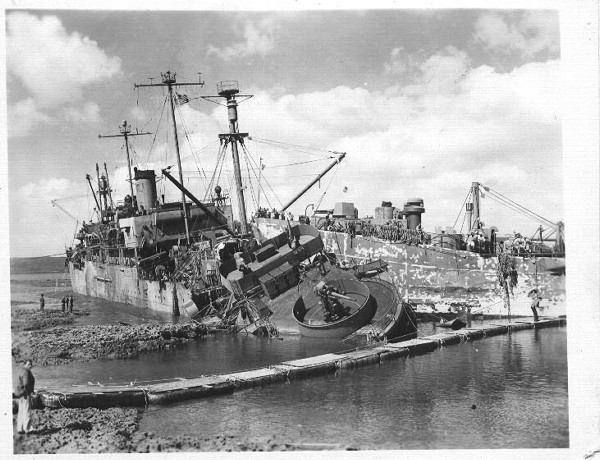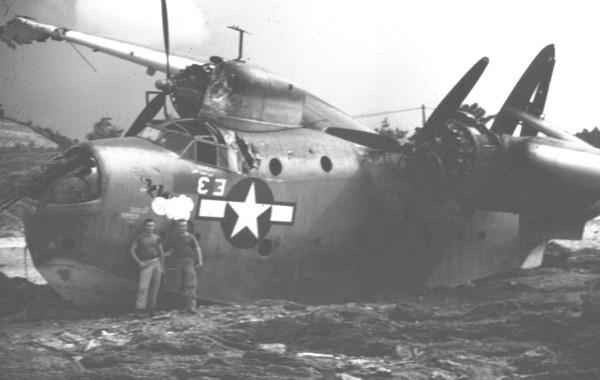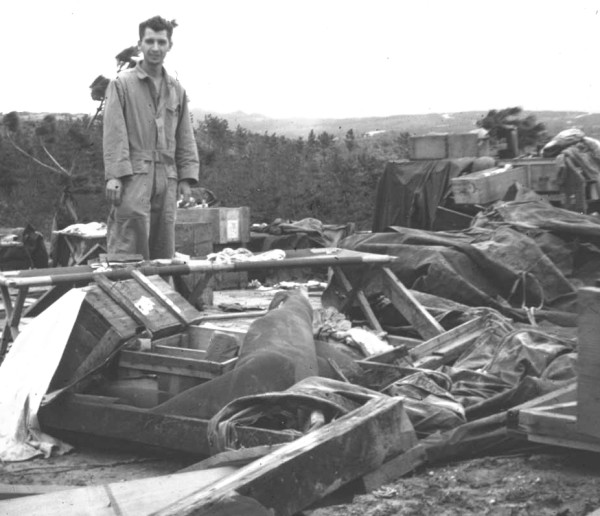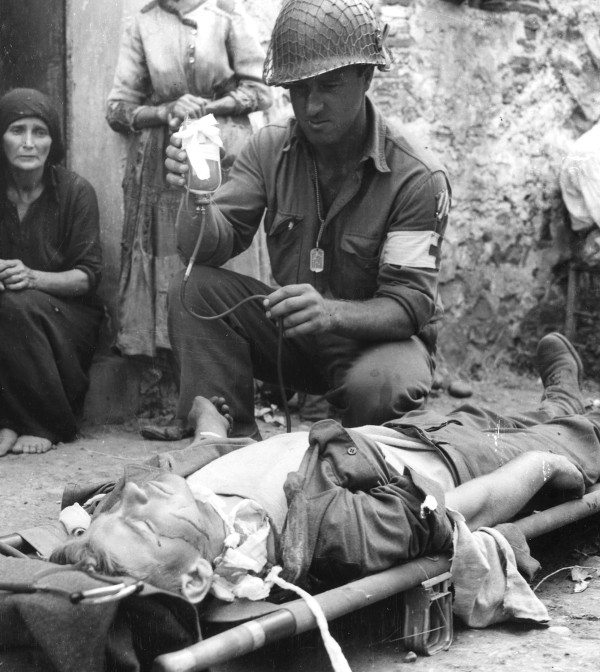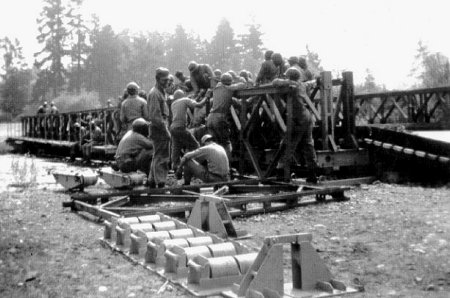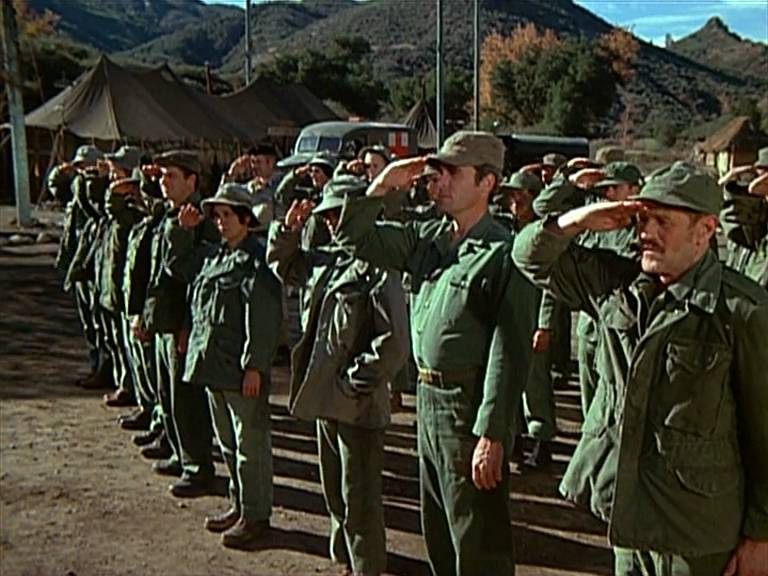[Tuttle is away with the invasion flotilla, surveying conditions on their temporary floating home.]
The Barrow is a purely military ship, but actually more comfortable than some of the hurriedly converted passenger liners that were used as transports early in the war. A space that has bunks for a hundred men actually has ventilation for a hundred men, unlike the converted cargo holds of the civilian ships. The mess halls can take a steady stream of hungry servicemen at long rows of benches. Even the toilets are a production line affair – a relief to a nervous row of men all trying to relieve themselves at the same time before boarding assault boats.
One thing that hasn’t changed with the new ships is that troop ships are still over loaded. High-level planning documents show an allowance of 33,000 men for each combat division. The current T/O for a Marine Corps division has it at 19,176 men, fully staffed. The quantity of men and supplies attached to an assault division grows with every operation, as they learn about new needs. It never goes down, and the increasing distance from US home ports only multiplies the problem.
Since the Navy can’t just stretch each ship to match new paper requirements, there are still men assigned “quarters” that are nothing more than a bit of shade under an assault boat up on deck. They get a good view of the sky at night, but will trade favors for a dry place to stick their butts and gear when rain comes.
Top man in our room is Marine Captain Gerald Holtom, from central California. He is one of the Japanese interpreters. He tells me they don’t expect to be very busy. “The average rate of surrender or capture of Japanese troops at last count is barely one percent. It might have been better in the last surrounded pockets on Okinawa or Luzon*, but those dumb guys had been in combat under shelling for literally months and had no other hope of survival, or even of doing any damage.
“As it was we went hole-by-hole back over every square inch of Oki after it was ‘secure’ and it was hit or miss when we found Japs holed up if we could talk them out. If not we would just blow the thing shut and bury them alive.” Holtom will go ashore not long after the initial assault. He isn’t looking forward to the job ahead, but he’s sure his part is both small and a good ways out in the future.
* It was; about 5% on Okinawa and 2.5% on Luzon.

